Little Westham Creek/Gambles Mill Eco-Corridor
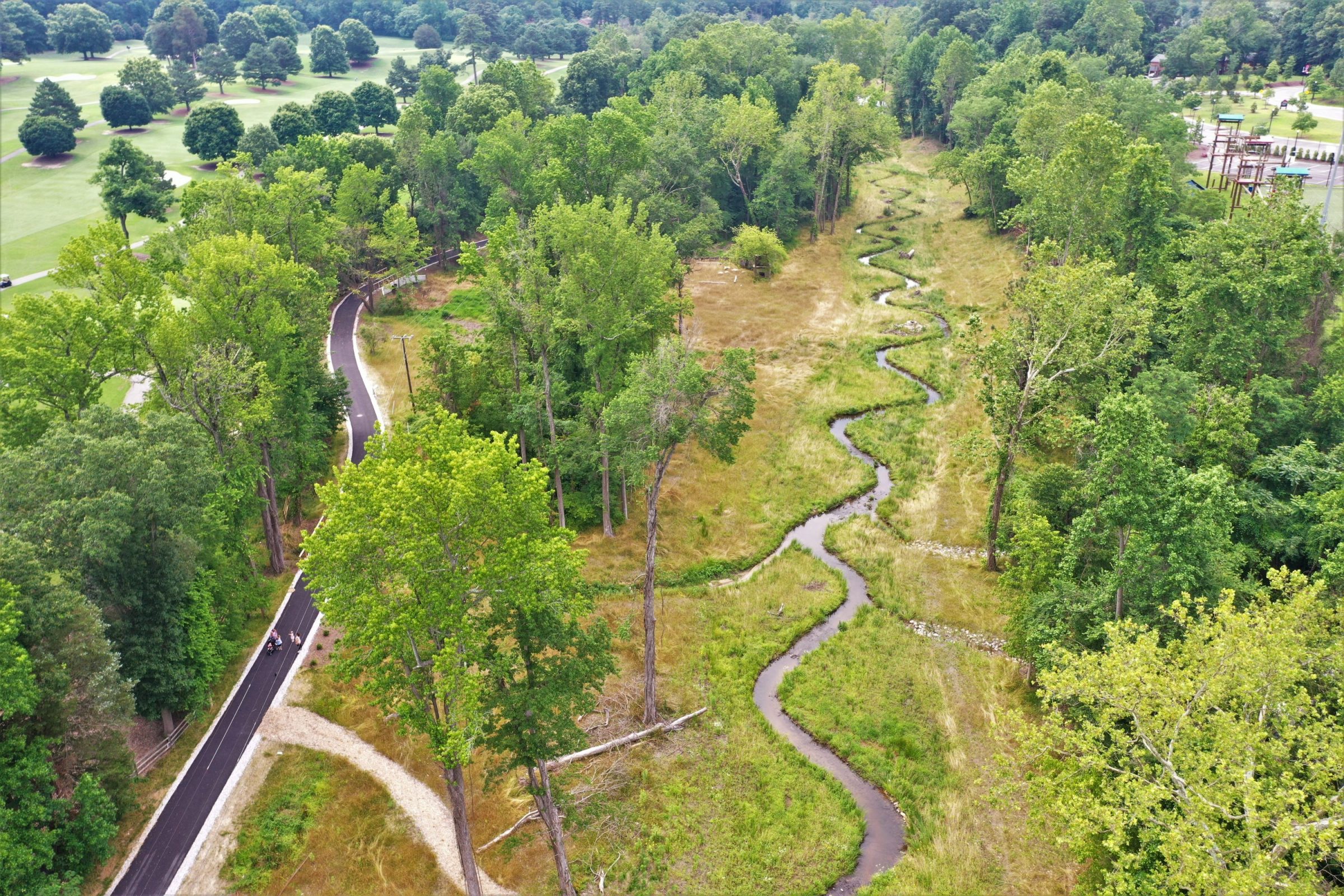
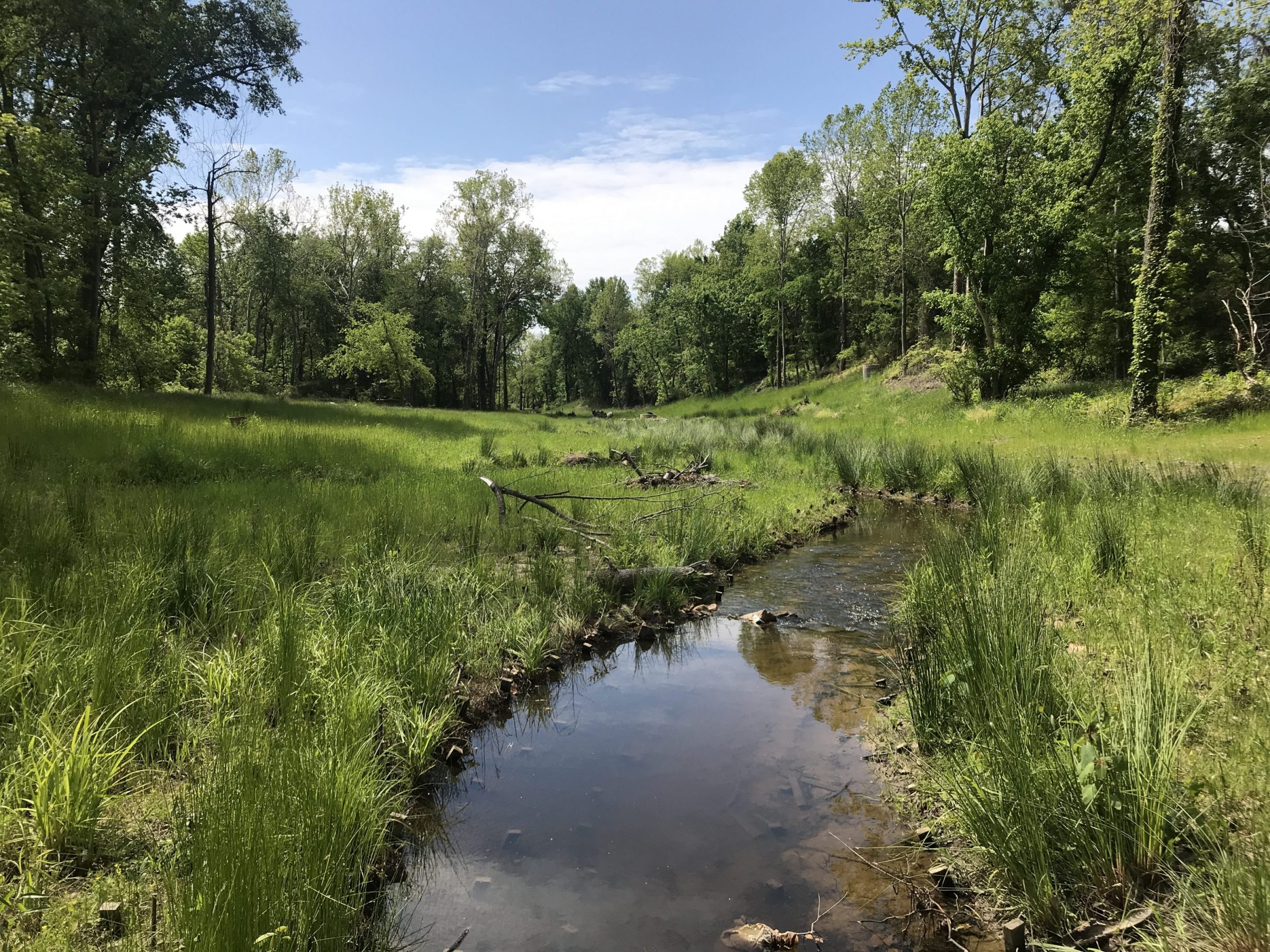
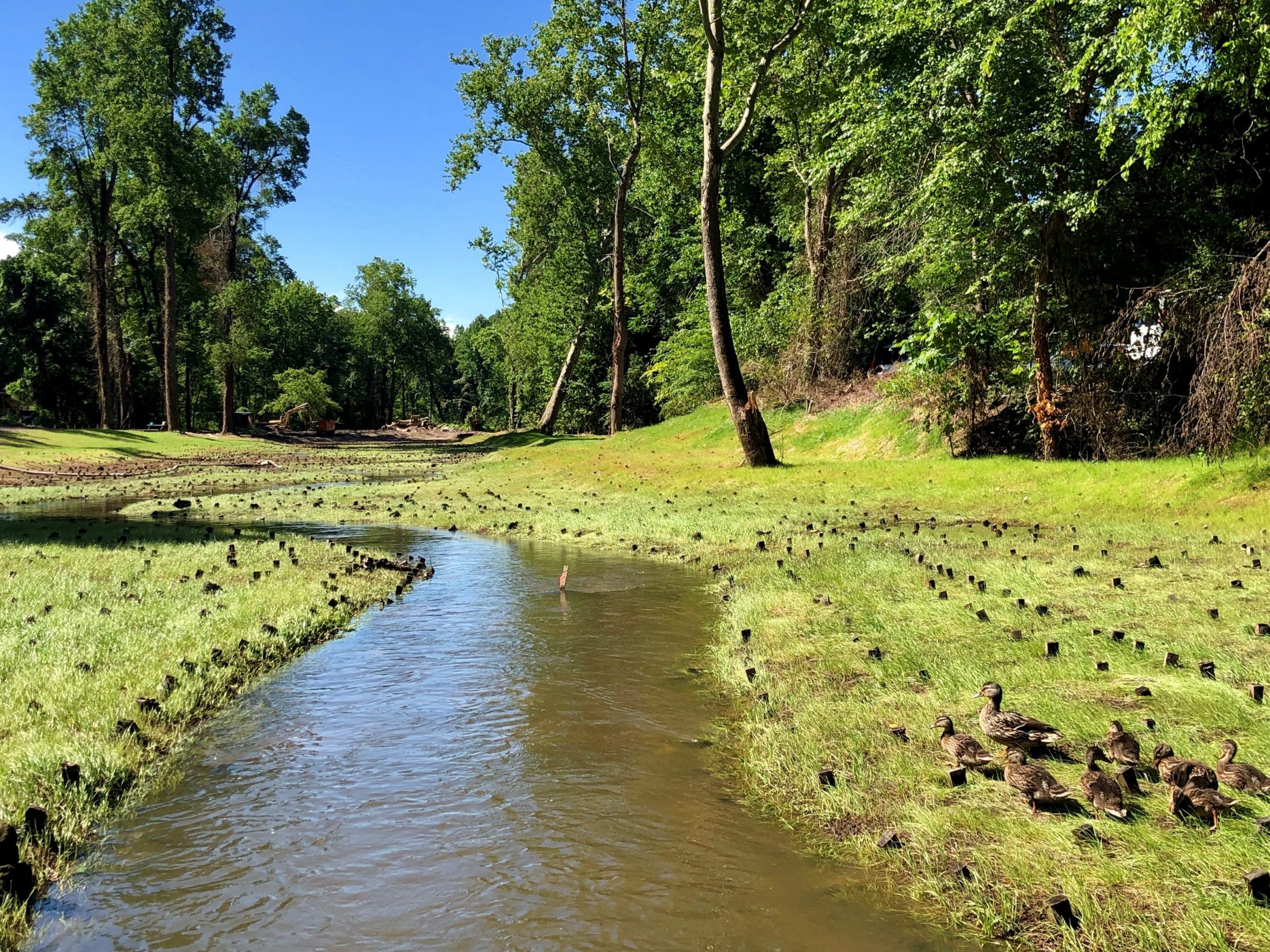
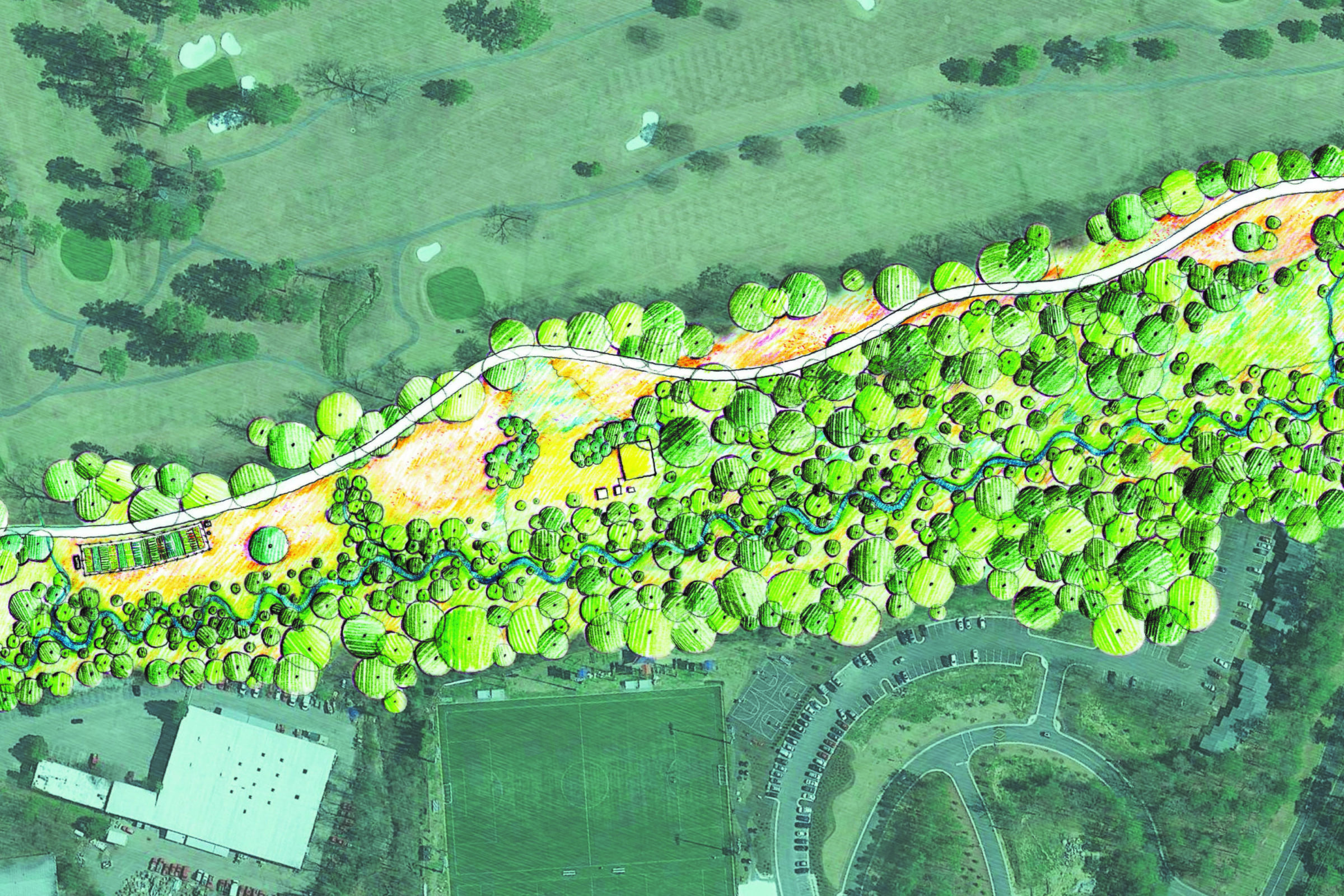
Restoration Rendering
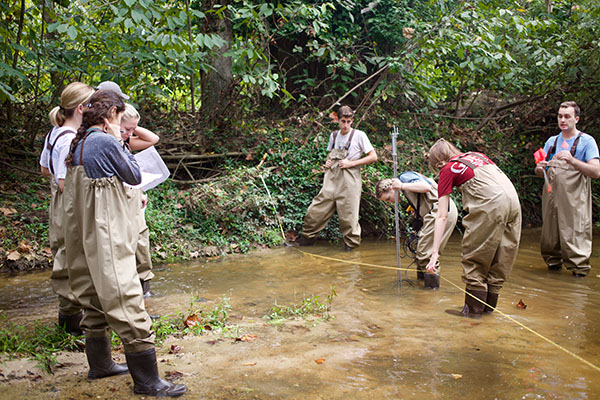
Working classroom
PROJECT SNAPSHOT
Project Type
Non-Bank ProjectLocation
Virginia | City of RichmondProject Size
- Streams: 2,300 LF
Solution
Water QualityCredit Types
- Urban
Ecological Setting
- Green Infrastructure & Urban BMPs
- Streams
RES is providing a turnkey project to deliver up to 1,590 pounds of Total Phosphorous (TP) removal to the Richmond Department of Public Utilities (DPU). By restoring a stream on the University of Richmond campus, within the City of Richmond, DPU can meet stormwater permit requirements.
RES is partnered with the University of Richmond to restore a 2,300 linear feet stream on campus through an often unused section of the campus. RES is working with a subcontractor to create an Eco-Corridor Master Plan in conjunction with the University for amenities and a trail along the stream. In addition to the 2,300LF stream restoration construction efforts, RES is providing extensive invasive species management.
The restoration design and permitting required geomorphic assessments, Bank Erosion Hazard Index (BEHI) evaluations, fish and benthic sampling, tree surveys, and wetland delineations. Our team completed all permitting, including 401/404 permits and local land disturbance permits. We also prepared conceptual, preliminary, and final construction plans and completed construction of the stream.
The project has a 3.5 square mile urban watershed with a modern dam and lake immediately upstream that traps any bedload flowing downstream. As a result, RES took an innovative approach to restore this stream, focusing the design on baseflow. Our team designed a smaller baseflow channel within an accessible floodplain. Any runoff generated by a storm with ¼ inch of rain or more now spills out onto the adjacent floodplain, which traps sediment and nutrients and reduces hydraulic stress on the channel. The newly constructed floodplain is developing a diverse plant community to support stream health and wildlife habitat.
As a unique feature of the vegetation maintenance, goats were contracted for the project’s initial “hooves-on-the-ground” work. The herd grazed approximately ten acres of forest that had been densely vegetated with non-native invasive plant species.
The site serves as a “working” classroom, hosting multiple classes where University of Richmond students learn about stream conditions, stream sampling, and invasive species. Future work will include bat surveys using sonic recorders. After construction, RES will conduct additional surveys with students to document the restored site conditions.
Client Benefits
• Meets Chesapeake Bay TMDL requirements
• Provides significant nutrient and sediment reductions each year
• Turnkey delivery including design, permitting, construction, and monitoring
• Long-term maintenance and performance assurance
• Innovative stream and floodplain design for resilience
• Enhances habitat and community amenities
• Supports education and community engagement
